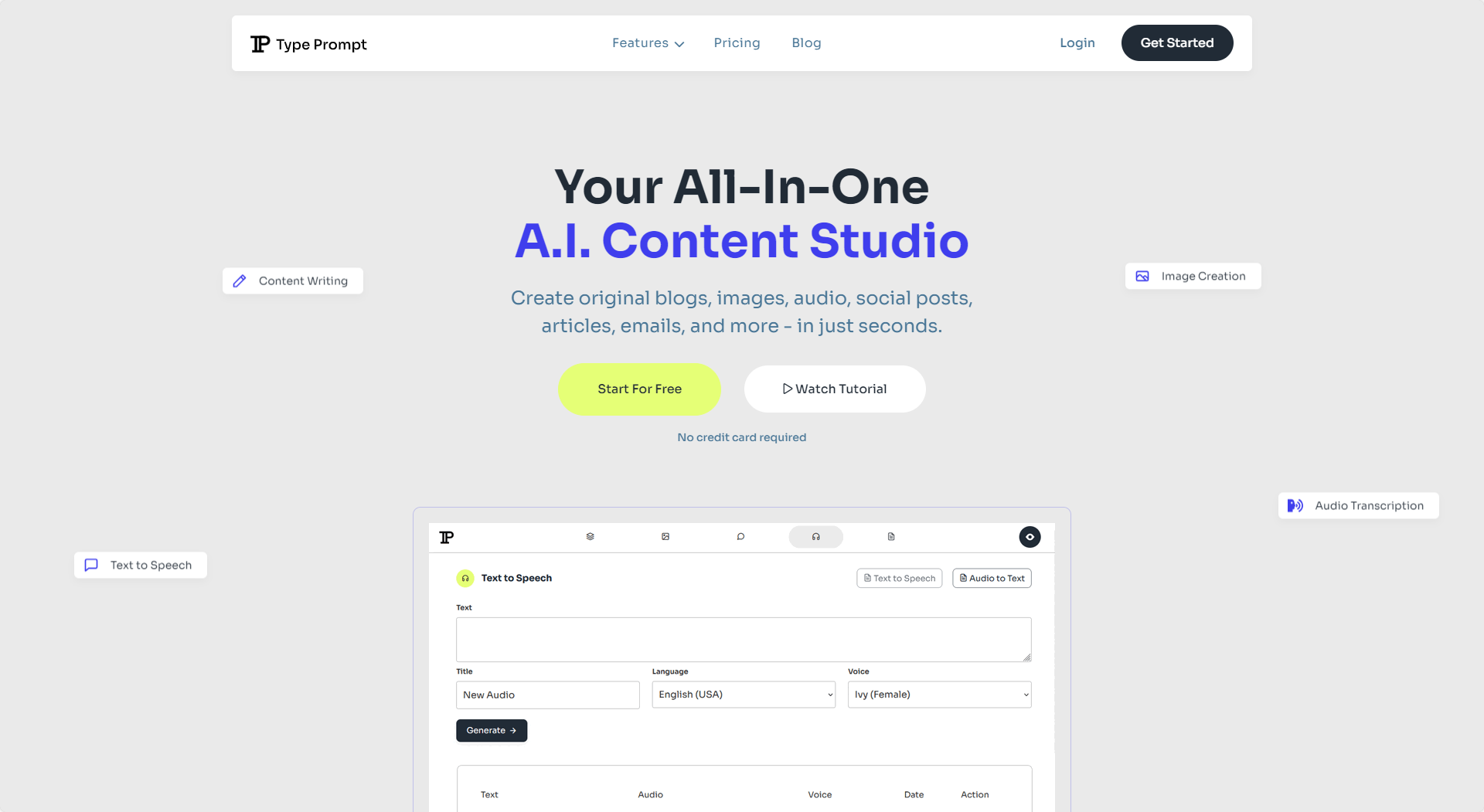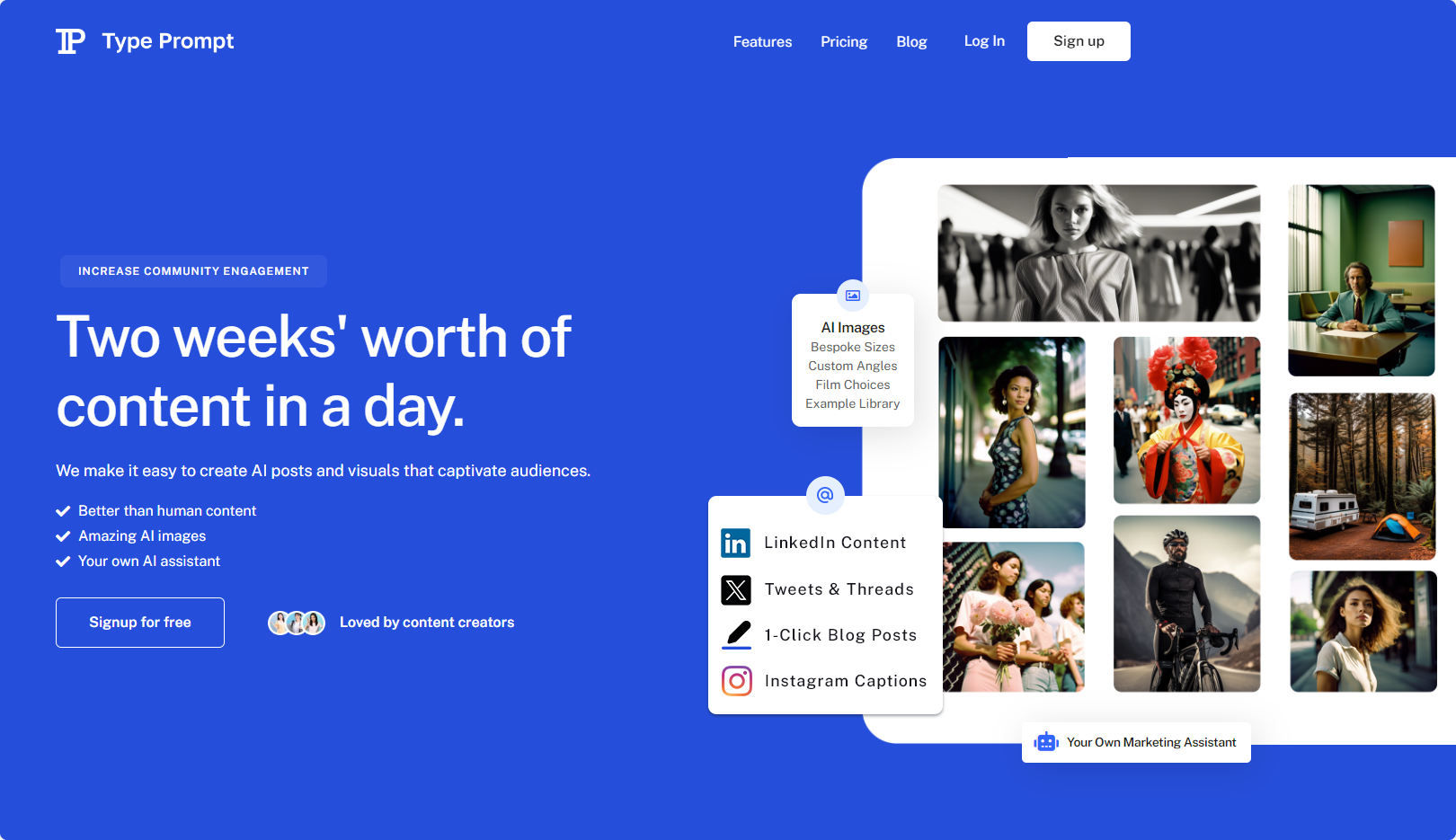Positioning that targets everyone, targets no one

In my decade-plus experience in designing and building software, one lesson stands out as a cornerstone: if you don’t speak directly to your potential users, they’re never going to see the inside of your platform. It’s not just about building a great product; it’s about communicating its value in a way that resonates with the people who need it most. And that starts with positioning.
I’ve seen so many startups and established companies alike fall into the trap of trying to be everything to everyone right from the get-go. I fall into this trap every. single. time. It’s understandable; you’ve poured your heart and soul into building a feature-rich product, and you want as many people as possible to benefit from it. But here’s the kicker: when you try to speak to everyone, you end up speaking to no one.

Let’s take an example from my latest product, Type Prompt. The landing page hero was designed to cast a wide net and just get out the door. The headline read, “Your All-In-One A.I. Content Studio,” and the subheadline promised, “Create original blogs, images, audio, social posts, articles, emails, and more – in just seconds.” Sounds comprehensive, right? But it also sounds like a dozen other platforms out there. It’s too generic, and it doesn’t tell you why Type Prompt is the solution you’ve been looking for.

The next iteration had a specific user persona in mind, but I felt it wasn’t neutral enough to speak to the widest possible niche audience. We really needed something everyone who creates visual content for a living (for brands and agencies) could relate to.
So, we’re iterating. I decided to focus on a niche that I knew we could serve exceptionally well: content creators. The new landing page hero is being transformed to speak directly to them. The headline now reads, “Two weeks’ worth of content in a day,” and the subheadline elaborates, “We make it easy to create AI posts and visuals that captivate audiences.” We even listed key features like “Better than human content,” “Amazing AI images,” and “Your own AI assistant” to drive the point home.

By speaking directly to content creators, we accomplish two critical goals. First, we make our value proposition unmistakably clear, leaving no room for ambiguity about what our product offers. Second, we gain clarity on exactly which audience will derive the most benefit from our product. This targeted approach sets the stage for these users to become our biggest advocates. They’re not just passive consumers; they’re active participants in our growth, spreading the word about Type Prompt and helping us expand organically.
Remember, launching your product is just the starting line, not the finish line. And there’s a loooooong way to go.
Once you’ve attracted the right audience, the real work begins: listening to them, iterating on your product based on their feedback, and continually refining your positioning and messaging. It’s a never-ending cycle, but one that’s crucial for long-term success.
So the next time you find yourself wrestling with the question of whom to target, remember this: a focused approach isn’t just an option; it’s a necessity. Sometimes less really is more.